Whether your child is being bullied, is a witness to, or is using bullying behaviour, it can be difficult to deal with. We hope that these illustrations and concepts may provide you with some ideas of how to support your child.
Connection & Communication are key...
-
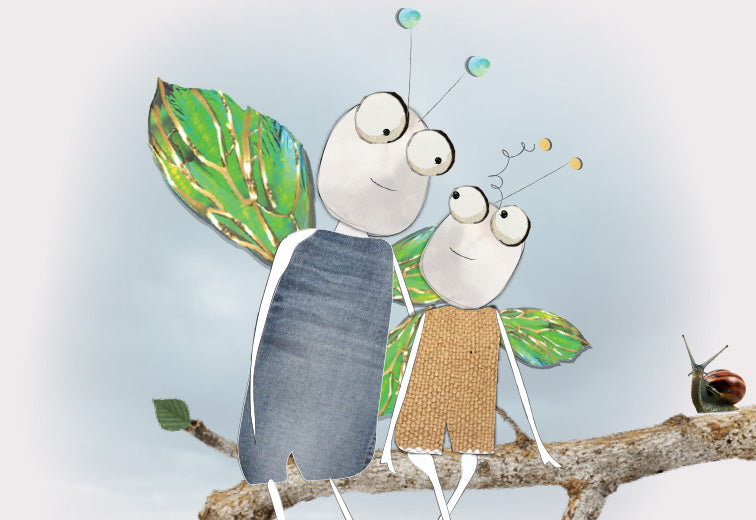
Strengthen connection and conversation
questions, comment & validation ideas for connected conversationsChildren that are experiencing bullying behaviour often deny what is going on or hide this from others. They do this for many reasons such as feeling embarrassed, not wanting to be labled as a 'snitch' or worrying that the person they have confided in will interfere, potentially making the situation worse.
In order for children to feel able to open up and share things with adults, it helps for them to experience us:
- Being fully present with them
- Truly interested
- Listening and asking questions to really understand what they are actually saying.
-

Encourage & Reassure
Encourage conversation by reassuring your child that the bullying behaviour is not their fault and that you appreciate the courage they have shown by talking about what is going on for them.
Encourage your child to tell you as much as they can about their experiences and how they feel about it.
Reassure your child that you support them and want to work TOGETHER to make things better.
-
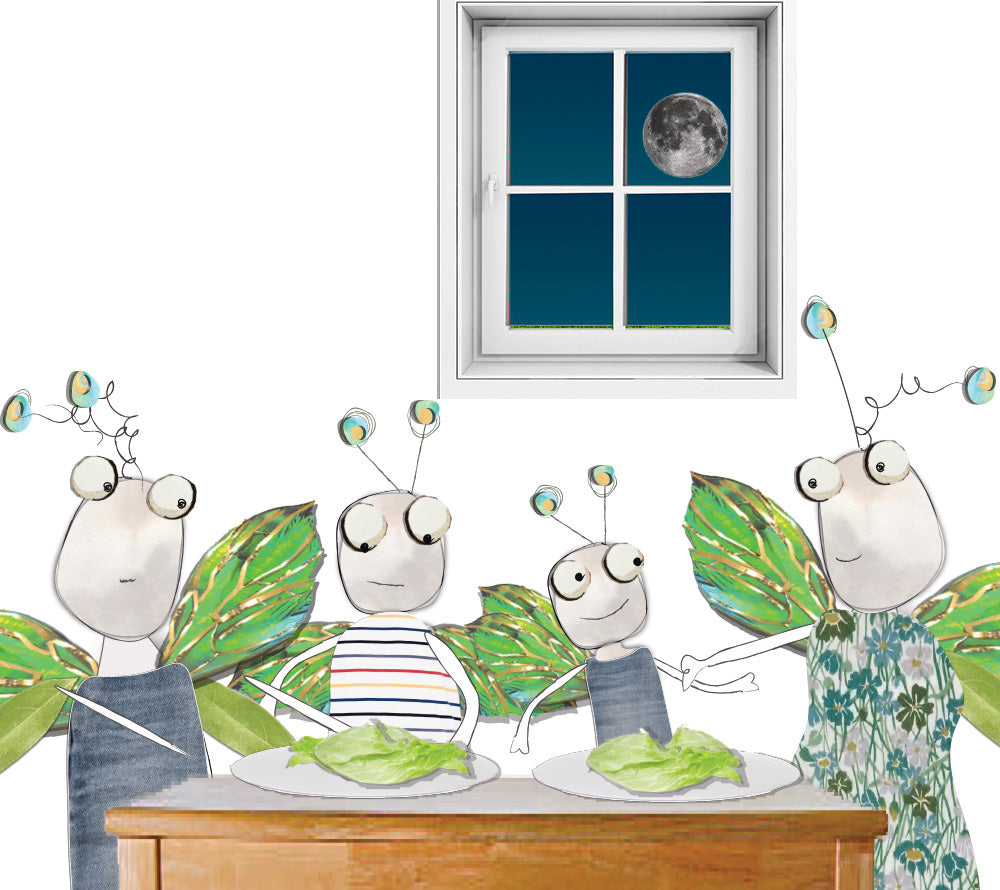
Curious Conversations
Curious conversation startersOpportunities for family chats, such as around the dinner table are a great way to encourage curious conversations that help children process their thoughts, feelings and experiences. They are also an excellent way to gently check in and connect with each other.
-
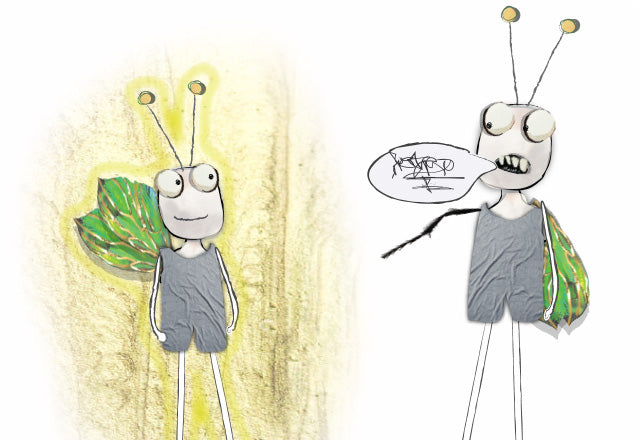
Building resilient children
One great way to prepare your children for the situations they may encounter at school is to roleplay. As a family you can practice situations in which bullying behaviour may be played out at school.One idea to help them feel more resilient is to task them to visualize making a protective layer around them that no-one can touch.
If there is something they are being teased about try to focus on this and roleplay around this.
-
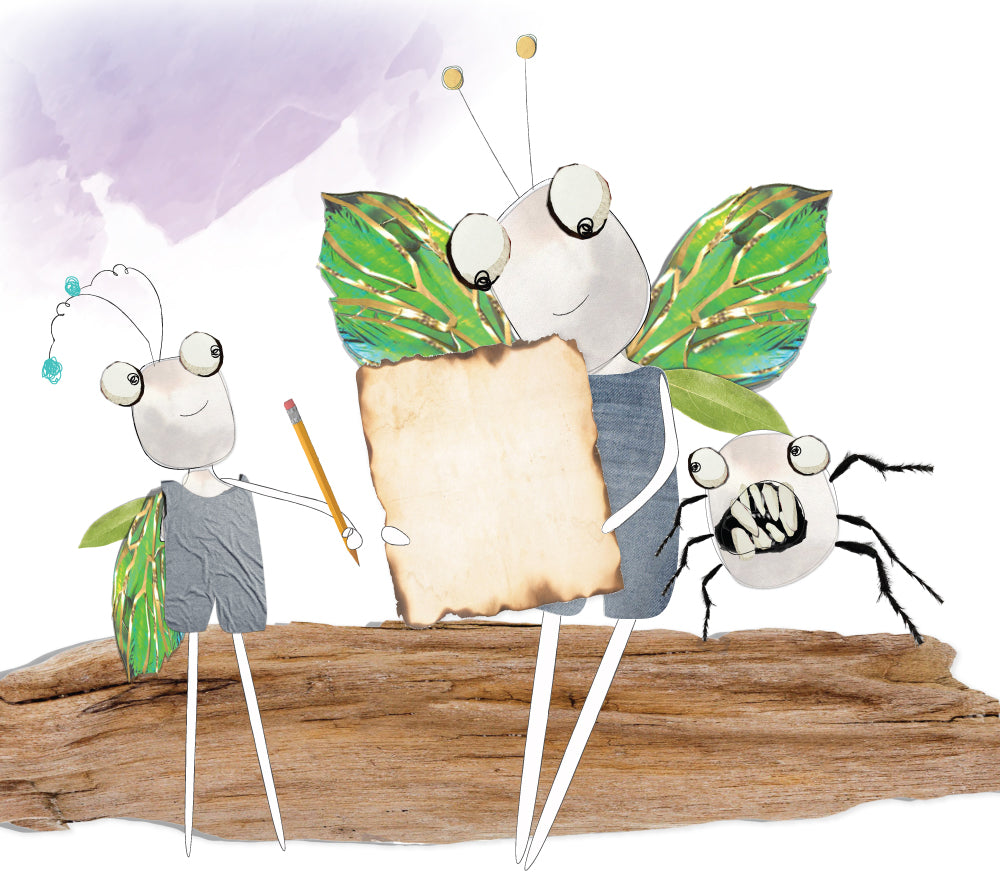
Make a plan
Before offering solutions or getting directly involved it can be helpful to find out how your child is feeling, how the bullying behaviour is affecting them and what they feel they need.
Allowing children the opportunity to contribute their own solutions to the discussion can help give
those being bullied or witnessing bullying behaviour some feeling of control over the situation.For those that are using bully behaviour it can help them to take ownership of their behaviour.
-
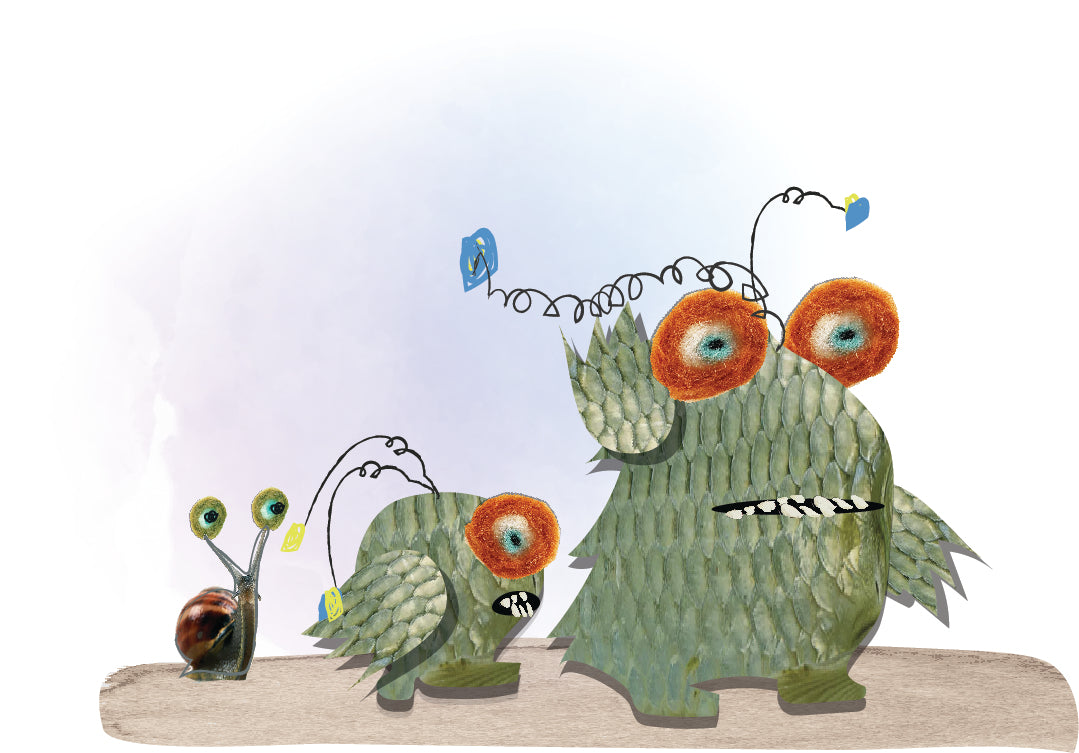
Ask for help
You are not alone.
Whether your child is being bullied, using bullying behaviour or witnessing it, it can be helpful to voice your concerns to the school (or other organization) where the bullying behaviour is occurring.
Keep the line of communication open
Regularly check in with your child to see how they are doing and encourage them to keep talking about what's happening.
More tips and tools
Check our some more of our ideas that may help engage conversations about bullying and kind behaviors.
-
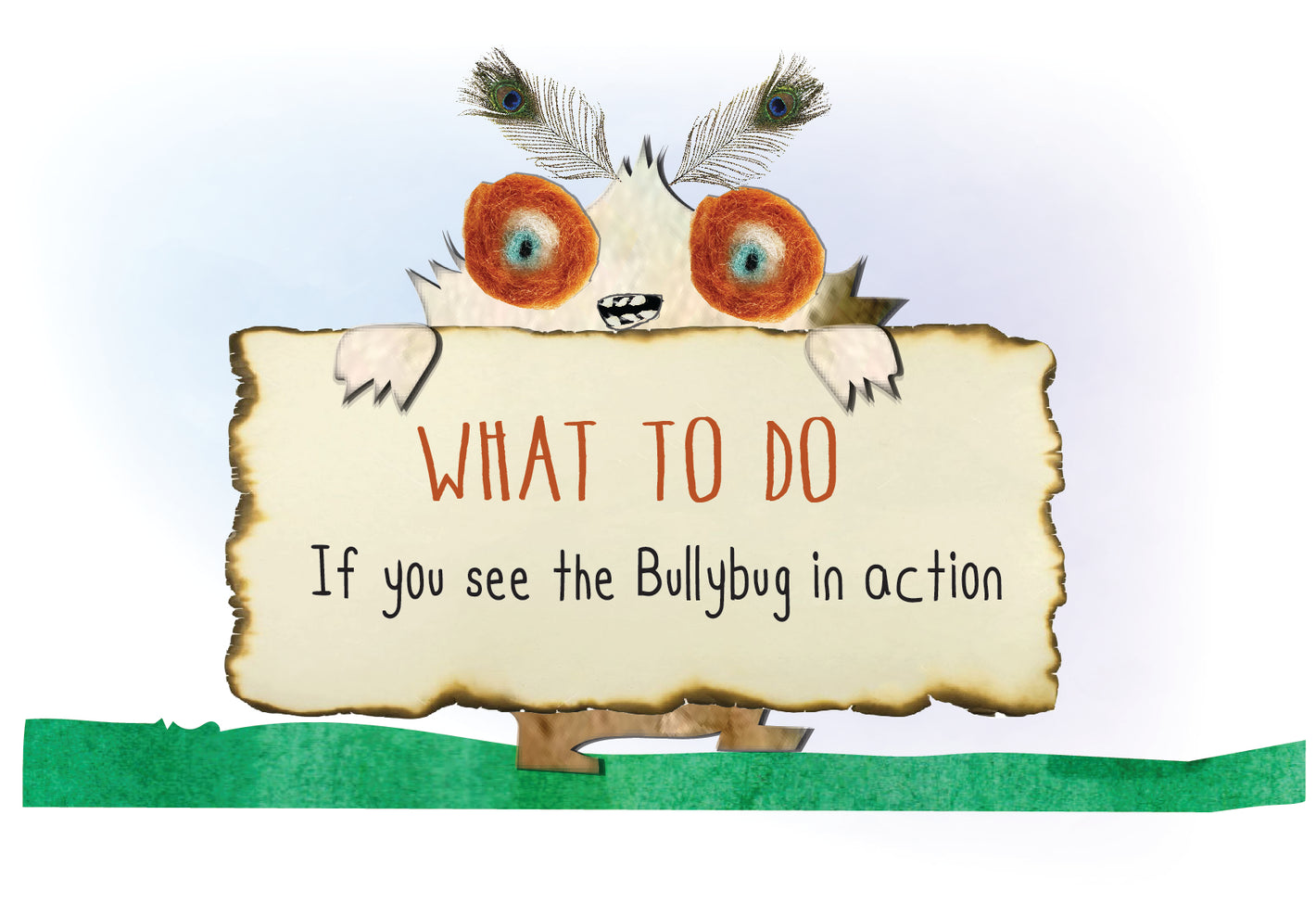 Ideas that may help if you witness bullying behaviour
Ideas that may help if you witness bullying behaviourWitnessing bullying can be distressing and there are many ways that we can react in these situations.
-
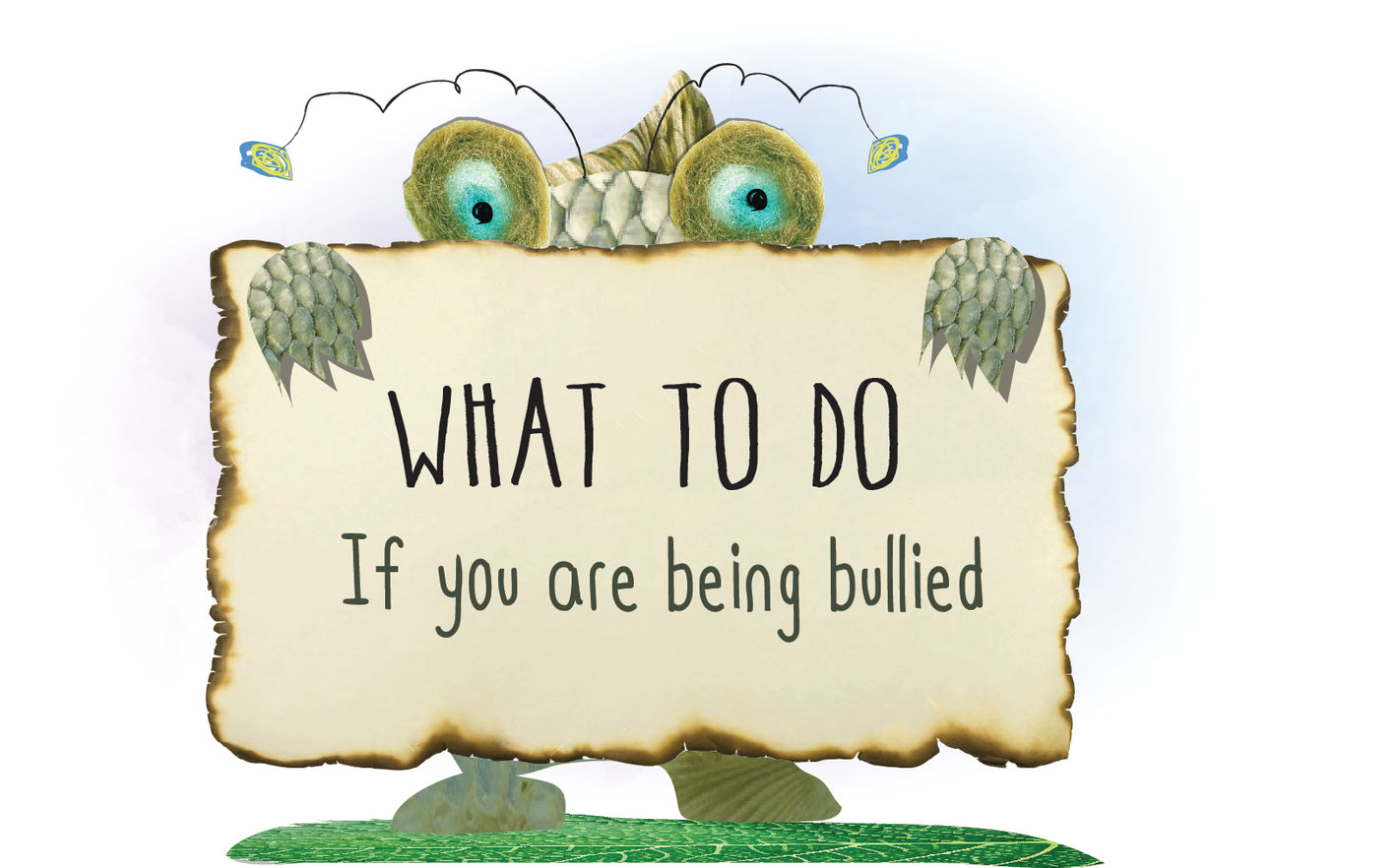 ideas that may help if you are being bullied
ideas that may help if you are being bulliedEveryone experiences bullying differently and will find different strategies of dealing with bullying helpful.
-
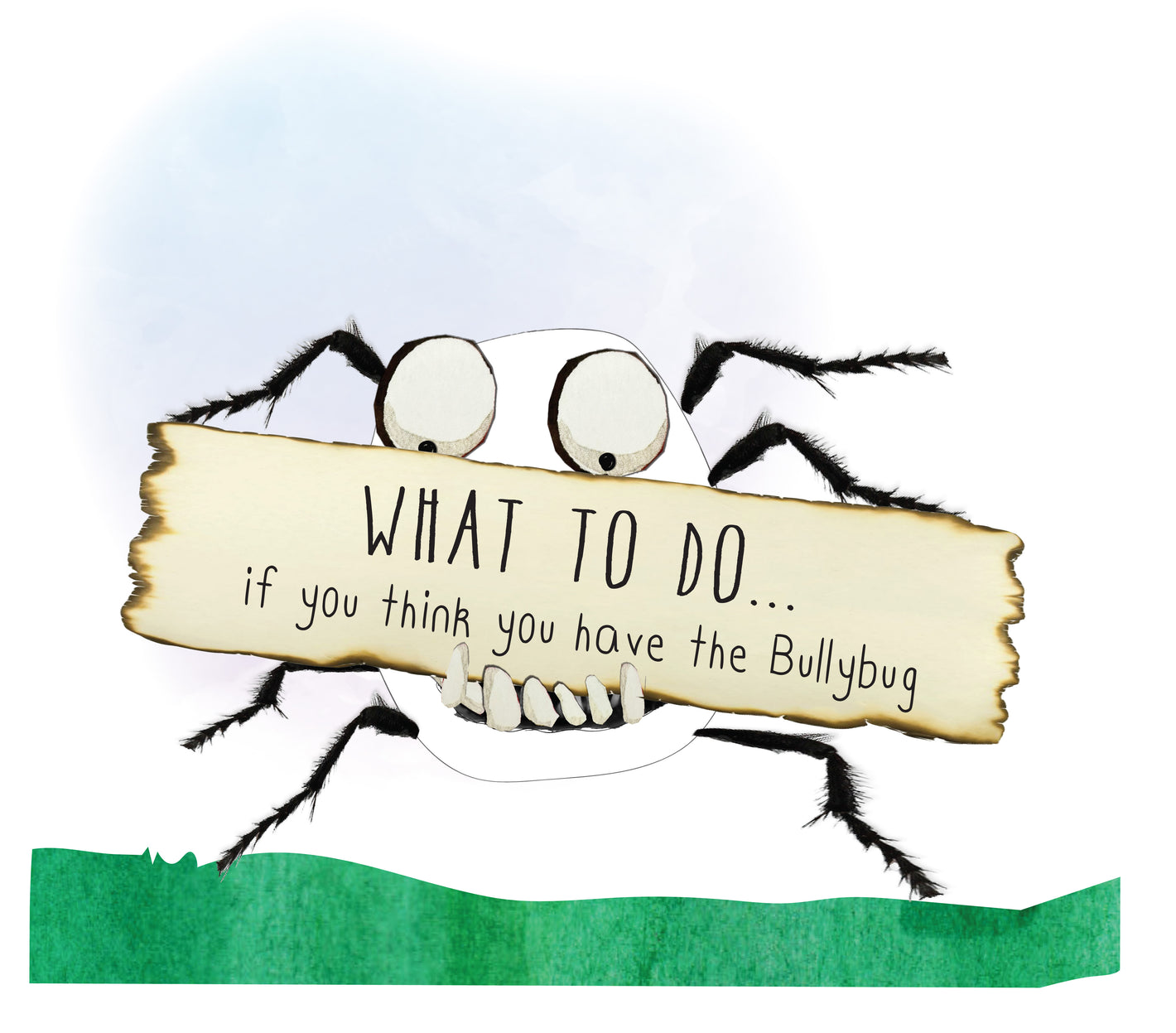 Ideas to help if you have the bullybug
Ideas to help if you have the bullybugThe Bullybug can find anyone at any time, however we all have the power to stop it from taking hold of us and the ability to try and repair any harm it has caused.
Bullying is complex and different for everyone so please note that these are our ideas and should not replace professional support. Follow the link below for other websites and service you might also find useful.










